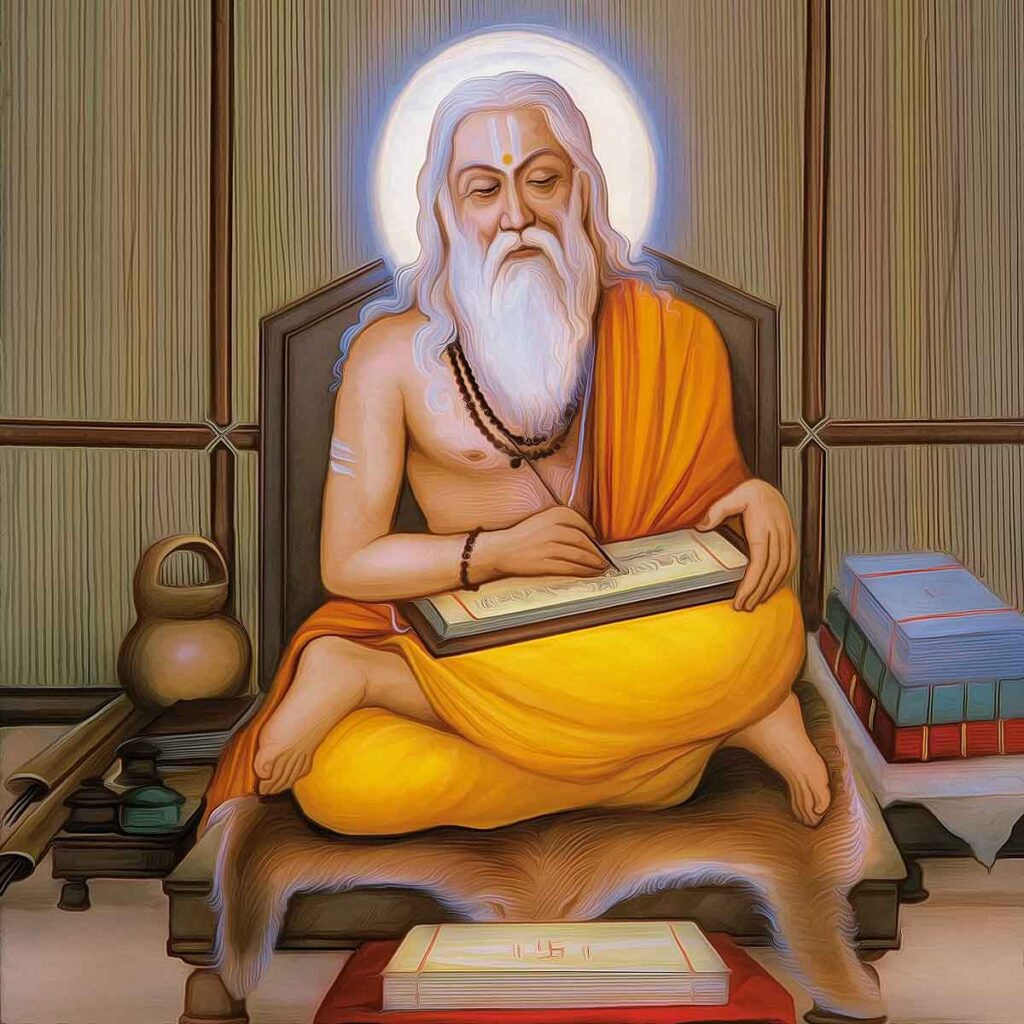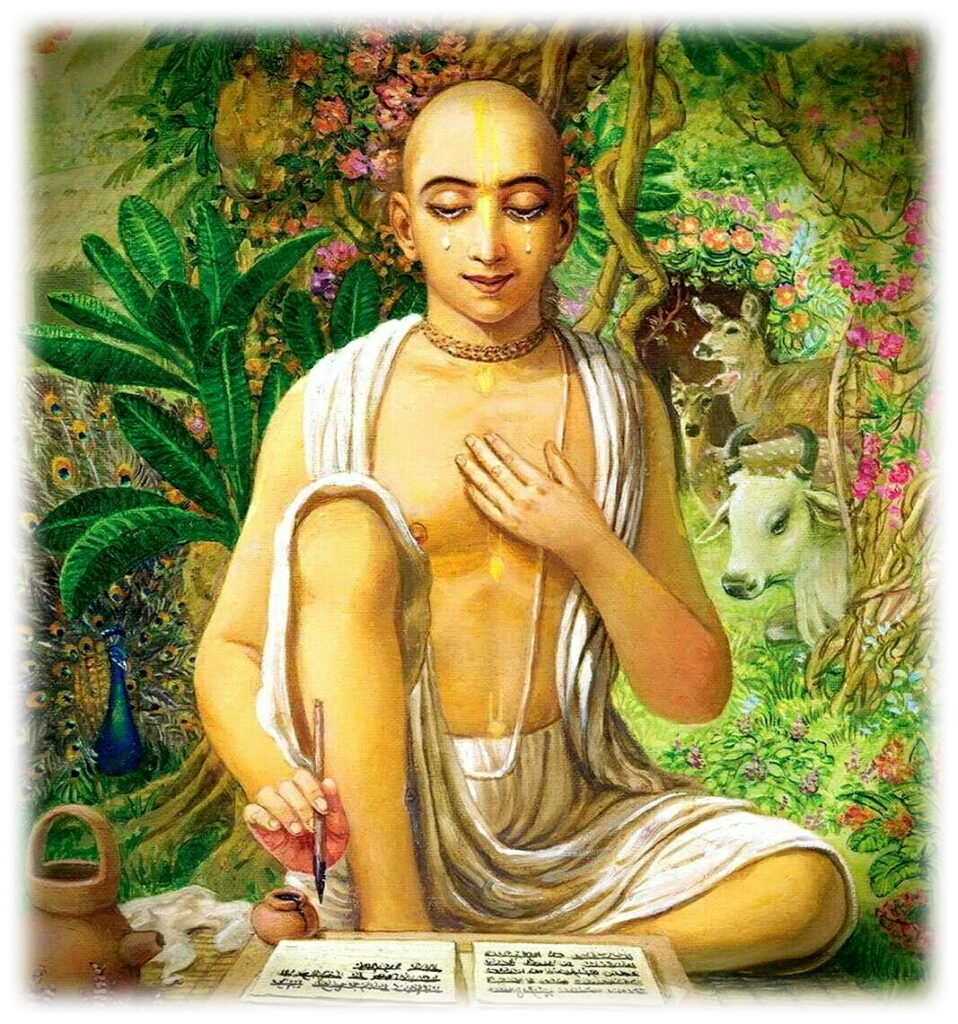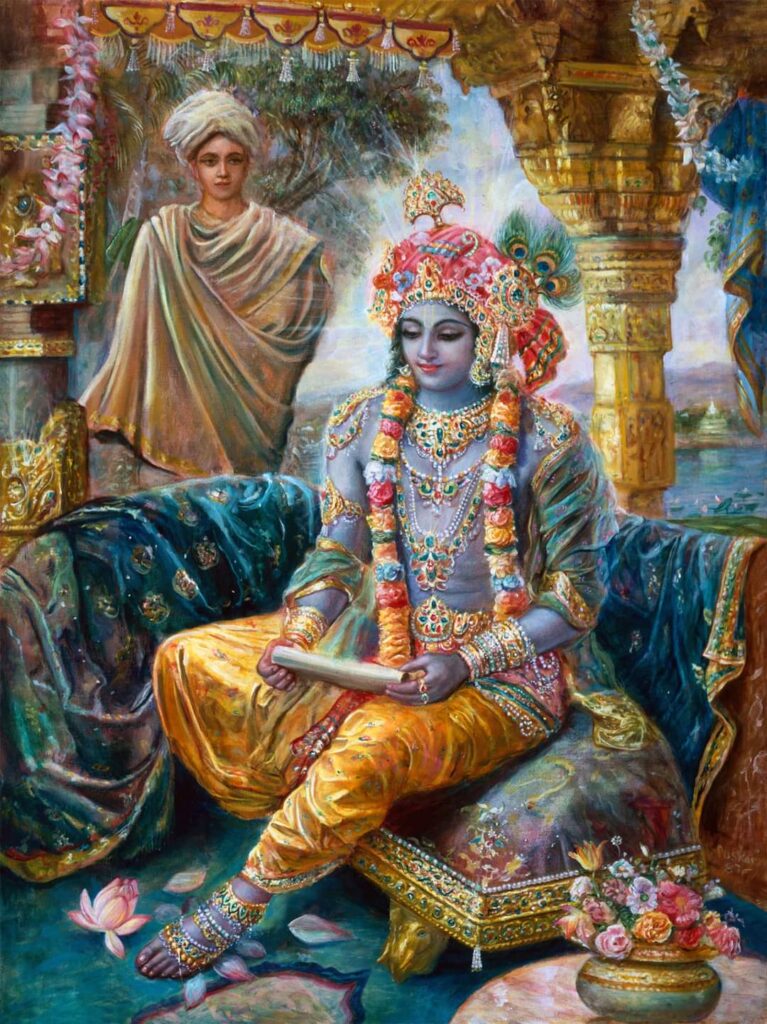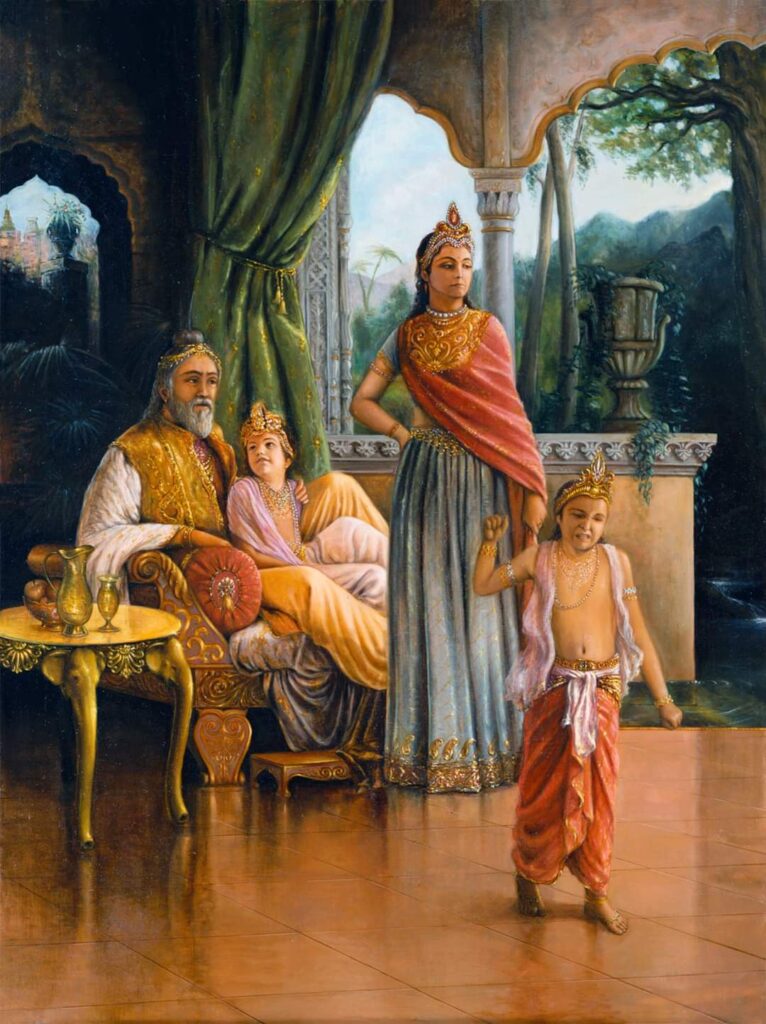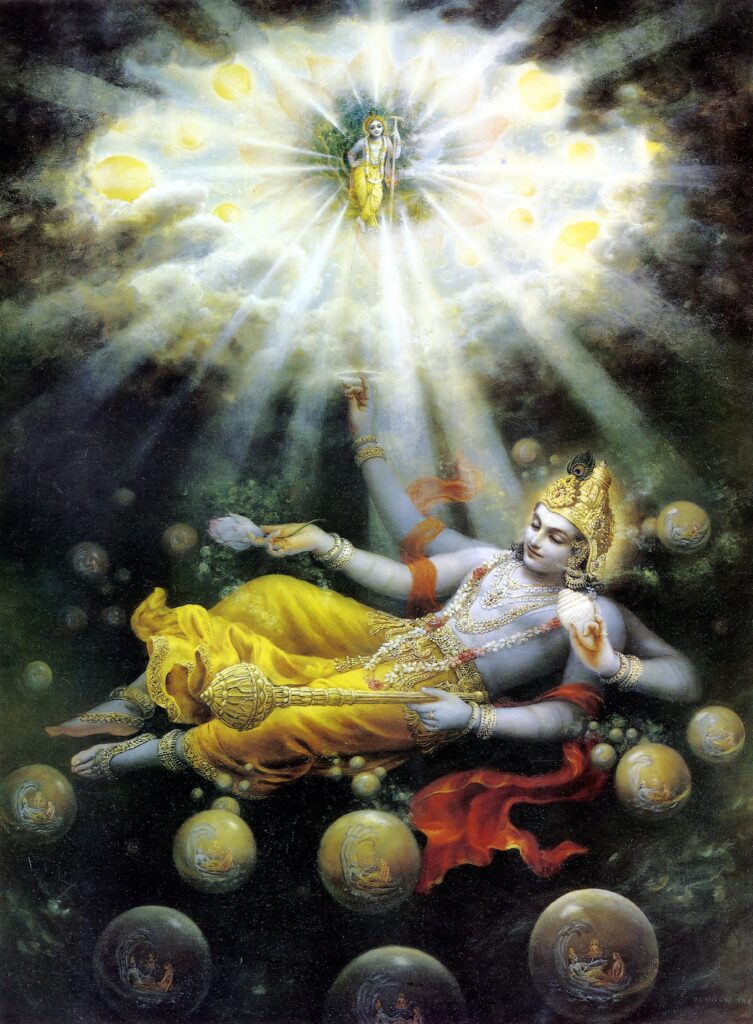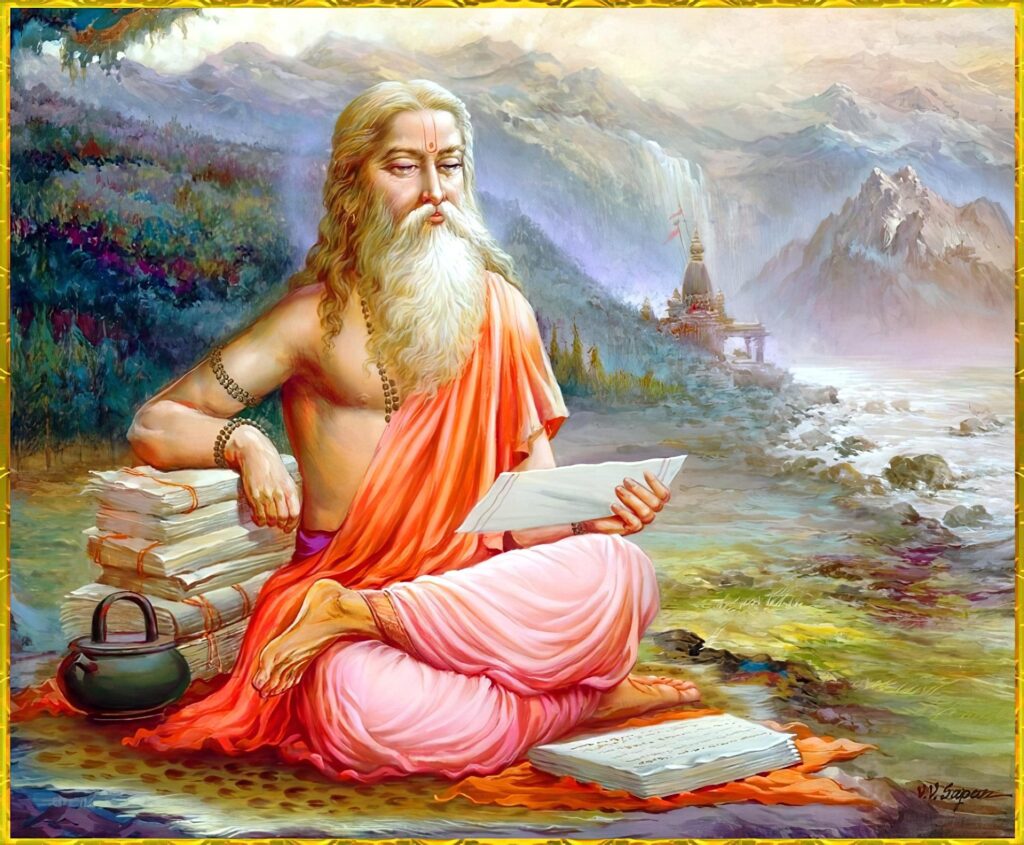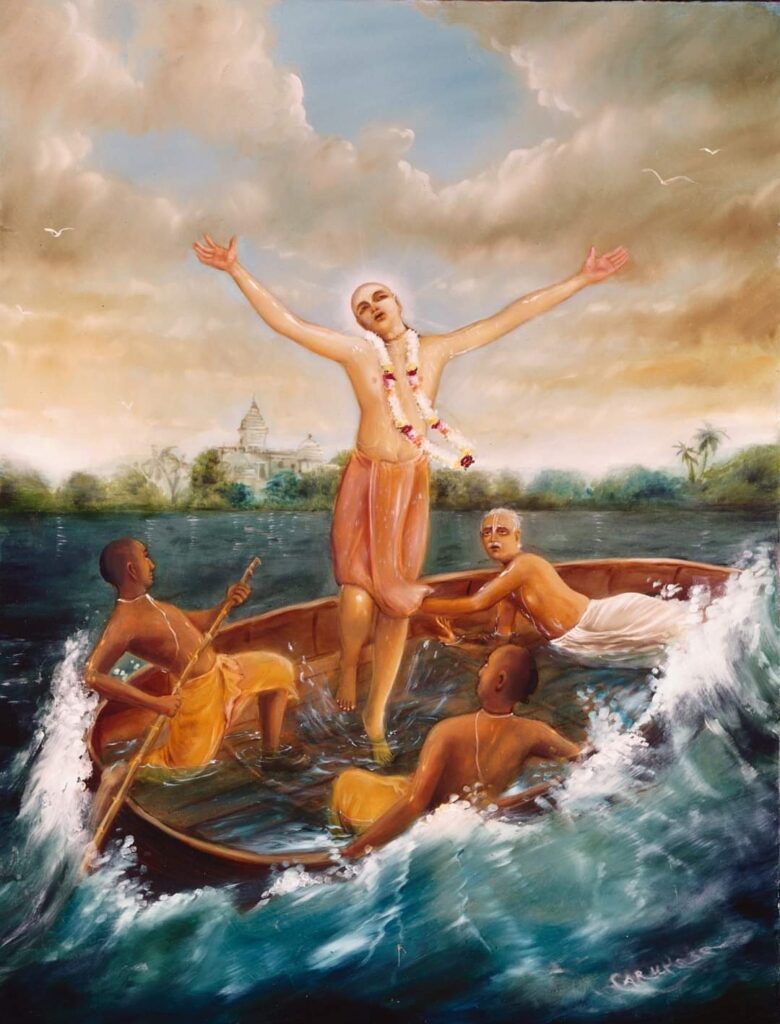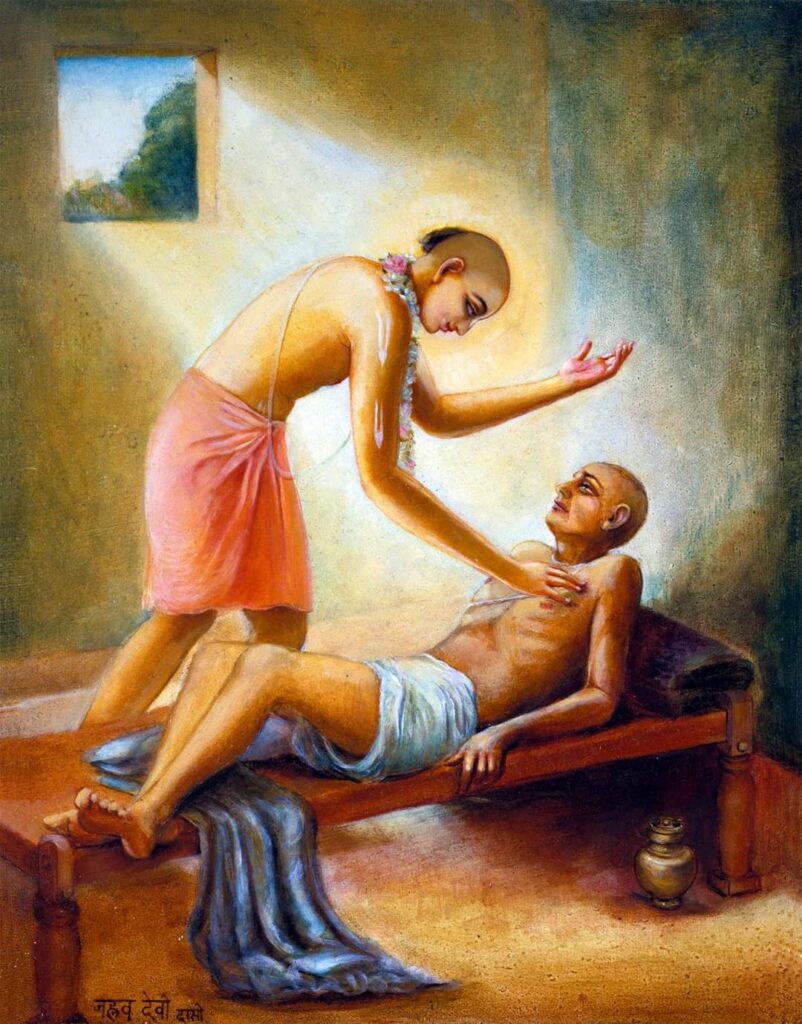It’s interesting to note that the Srimad Bhagavatam was compiled two times, first as one of the 18 original Puranas, compiled by Vyasadeva before the Mahabharata and later as the Srimad Bhagavatam we have today, with the help of Sukadeva Goswami and Suta Goswami.
The story was that after compiling all the Vedas, including the original Bhagavata Purana, the Mahabharata, and the Vedanta Sutra, Vyasadeva was still feeling dissatisfied, not having sufficiently described the glories of the Lord. At this point, Narada Muni appears and mildly chastises him for having given too much importance to indirect topics in his previous works, and not having written a book that exclusively glorifies Krsna. After that, Vyasadeva proceeded to compile the second version of the Srimad Bhagavatam, an expanded version of the original Bhagavata Purana he had compiled earlier.
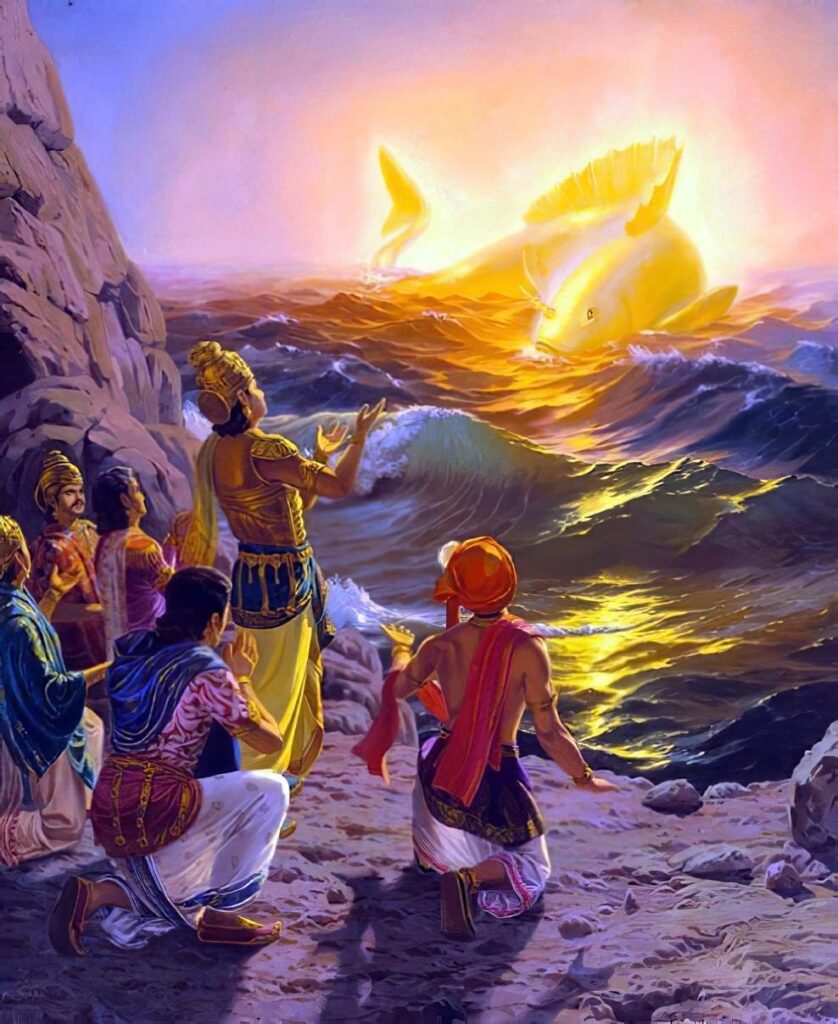
This is explained by Srila Jiva Goswami in his Tattva-Sandarbha (verse 48):
“Suta Gosvami states this in the verse beginning sa-samhitam [Bhag. 1.7.8]. In this verse the phrase kṛtvanukramya (“after compiling and revising”) indicates that Vyasadeva first wrote Srimad Bhagavatam in an abbreviated form and that later on, after being instructed by Śri Narada Muni, He expanded and rearranged it. Thus two apparently contradictory statements are reconciled-one found here [in the Bhagavatam] saying that the Bhagavatam was composed after the Mahabharata, and the other found elsewhere [the Skanda Purana, Prabhasa- khanda 2.94], saying that the Mahabharata was compiled after the eighteen Puranas.”
This Srimad Bhagavatam compiled by Srila Vyasadeva was then spoken to Sukadeva Goswami, who explained it to Pariksit Maharaja. The way self-realized souls perceive spiritual knowledge is different from ours. We are limited to understanding spiritual knowledge in a theoretical way, using our intelligence, but we can’t directly perceive it. We may study the pastimes of Krsna in Vrindavana, for example, but we can’t directly see these pastimes. Self-realized souls, however, are connected to the spiritual reality, and they can directly see these pastimes. When Sukadeva Goswami received the Srimad Bhagavatam from Vyasadeva, he not only received a set of verses but as a direct vision of the pastimes described there. When he sat to narrate the Srimad Bhagavatam to Maharaja Pariksit, he didn’t just repeat the original verses compiled by Srila Vyasadeva, but directly described the pastimes based on his spiritual vision as a direct witness. Both Vyasadeva and Narada Muni were present, hearing his description, and both became amazed as if hearing the Srimad Bhagavatam for the first time.
“Suka” means parrot. It’s described that when a parrot bites a mango, it becomes even sweeter than originally. Similarly, Sukadeva Goswami was able to make the Srimad Bhagavatam even sweeter by his recitation, even though it was already relishable by all classes of men.
Suta Goswami was also present at the assembly, and he later narrated the Srimad Bhagavatam to the sages in Naimisharanya, also adding his contribution, in the form of the first and last cantos, as well as a few supplementary explanations along the text. This final version of the Srimad Bhagavatam was then commented on by many powerful acaryas through the centuries, culminating with the commentary of Srila Prabhupada, who studied all the previous works and wrote his commentary, adding all the important details. The Srimad Bhagavatam we have in our hands is thus the fruit of the contribution of many generations of powerful acaryas, starting with Vyasadeva himself. By studying it, we can directly associate with all these powerful personalities.
Another point to consider is that the Vedas are an extremely extensive mass of knowledge, that is available in toto only in the upper planets. Different parts of the Vedas and the Puranas appear and disappear on our planet over the course of time, repeatedly being lost, and then restablished by great sages or demigods, who make different parts of the knowledge again known.
In The Bhagavad-Gita (4.1-3) Krsna explains how He originally transmitted the Bhagavad-Gita to Vivasvān, but after many millions of years the line of succession had been broken, and thus he was transmitting it again to Arjuna, who was qualified to start a new disciplic line. Just like the Bhagavad-Gita, other portions of the Vedas exist eternally, but they become available of not in human society at different times.
At the end of Dwapara-Yuga, most of the Vedic knowledge had been forgotten, and thus Vyasadeva came to restore and organize this mass of knowledge, so it could become available to the people in Kali-Yuga.
Unfortunately, most of the original work of Vyasadeva is currently lost. We have access to just about 7% of the original verses compiled by him. However, this is not such a tragical loss as it may seem, because the Srimad Bhagavatam contains all the confidential meaning of the Vedas. Srila Vyasadeva wrote the Vedanta Sutra, giving the conclusions of the Vedas in a condensed form and the Srimad Bhagavatam is an elaboration of it. It’s not by chance that Srila Prabhupada spent so much of his effort writing his commentary on the Srimad Bhagavatam, forecasting that his commentary would become the most prominent book of knowledge during the Golden Age predicted by Lord Caitanya.
Although lamentable, the fact that about 93% of the Vedic knowledge compiled by Vyasadeva was lost is actually not as tragic as it may seem, because the Srimad Bhagavatam includes all the important conclusions, that were made accessible to us by the commentaries of Srila Prabhupada. One who just studies and properly understands the Srimad Bhagavatam and the Bhagavad-Gita as it as receives all the important conclusions and will be armed with all the tools to find his or her way back to Godhead. Other books offer additional details, that elaborate and reinforce such conclusions, but the Srimad Bhagavatam in itself is complete.


